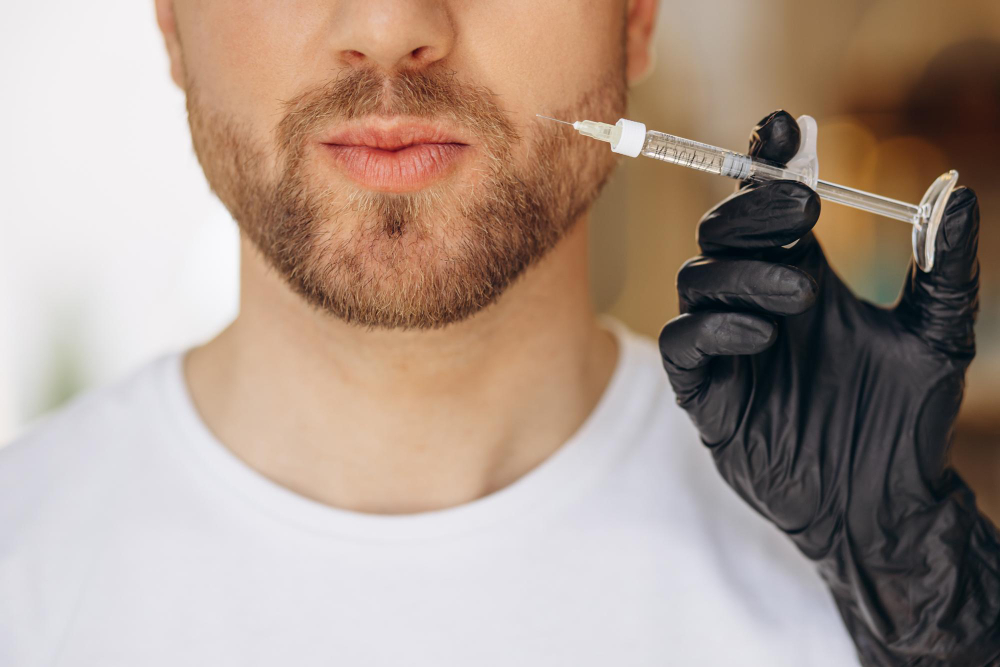A beard transplant, like any surgical procedure, comes with both risks and advantages. It is a hair restoration procedure that involves the transplantation of hair follicles from one part of the body (usually the back of the scalp) to the beard area to enhance facial hair growth. Here are the risks and advantages associated with a beard transplant.
Risks:
Infection: There is a risk of infection at the donor and recipient sites, which could lead to complications if not properly treated.
Scarring: In some cases, the procedure may cause scarring at the donor or recipient sites. While efforts are made to minimize scarring, it can still occur.
Bleeding: As with any surgical procedure, there is a possibility of bleeding during or after the transplant.
Numbness and Sensation Changes: Nerves may be affected during the procedure, leading to temporary or permanent numbness or changes in sensation in the donor and recipient areas.
Ingrown Hairs: Following the transplant, some individuals may experience ingrown hairs, which can cause discomfort and inflammation.
Uneven Growth or Unnatural Appearance: If the transplant is not performed with precision and care, it may result in an uneven or unnatural appearance of the beard.
Advantages:
Enhanced Beard Growth: The primary advantage of a beard transplant is that it can significantly improve the growth and density of facial hair for individuals who have patchy or thin beards.
Permanent Solution: Unlike temporary solutions like beard grooming products or makeup, a beard transplant offers a permanent solution as the transplanted hairs are resistant to the hormone DHT, which causes hair loss.
Natural Look: When performed by a skilled surgeon, the transplanted hairs blend in naturally with the existing beard, providing a more authentic appearance.
Boosted Self-Confidence: For those who feel self-conscious about their lack of facial hair, a successful beard transplant can boost self-esteem and confidence.
Minimal Downtime: The recovery period for a beard transplant is relatively short, and most individuals can return to their normal activities within a few days.
Customization: Surgeons can customize the hair restoration Brisbane according to the patient’s desired beard style and preferences.
Before considering a beard transplant, it’s crucial to consult with a qualified and experienced hair doctor Brisbane to discuss your specific case, potential risks, and expected outcomes. Each person’s situation is unique, and not everyone may be a suitable candidate for the procedure.

